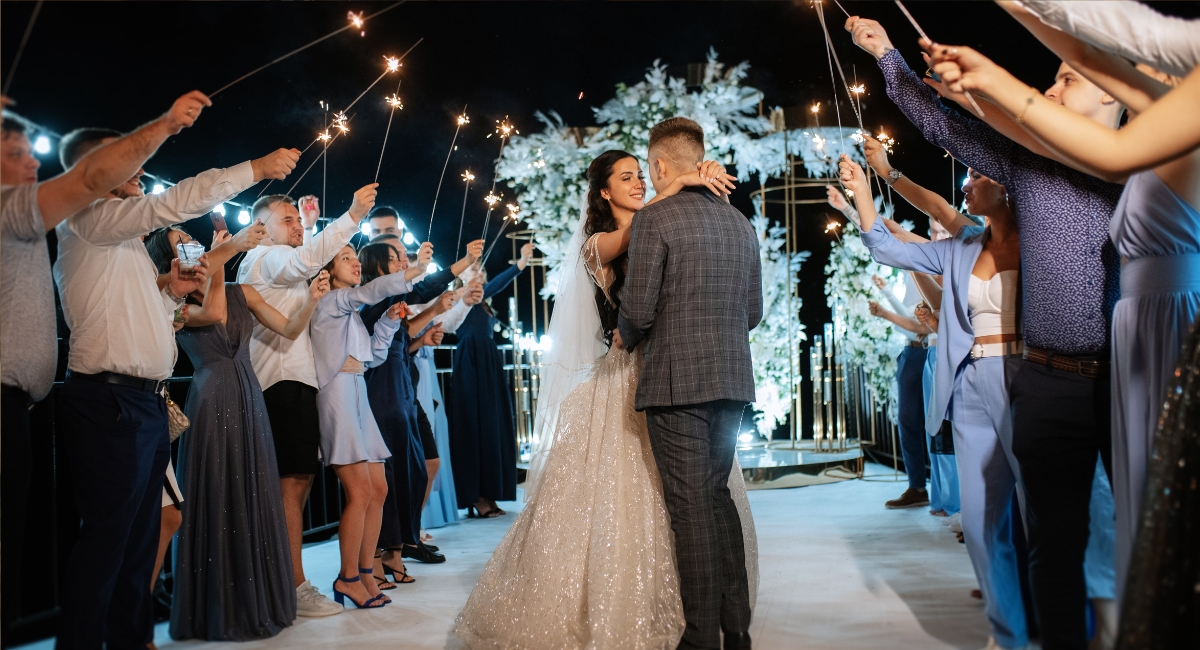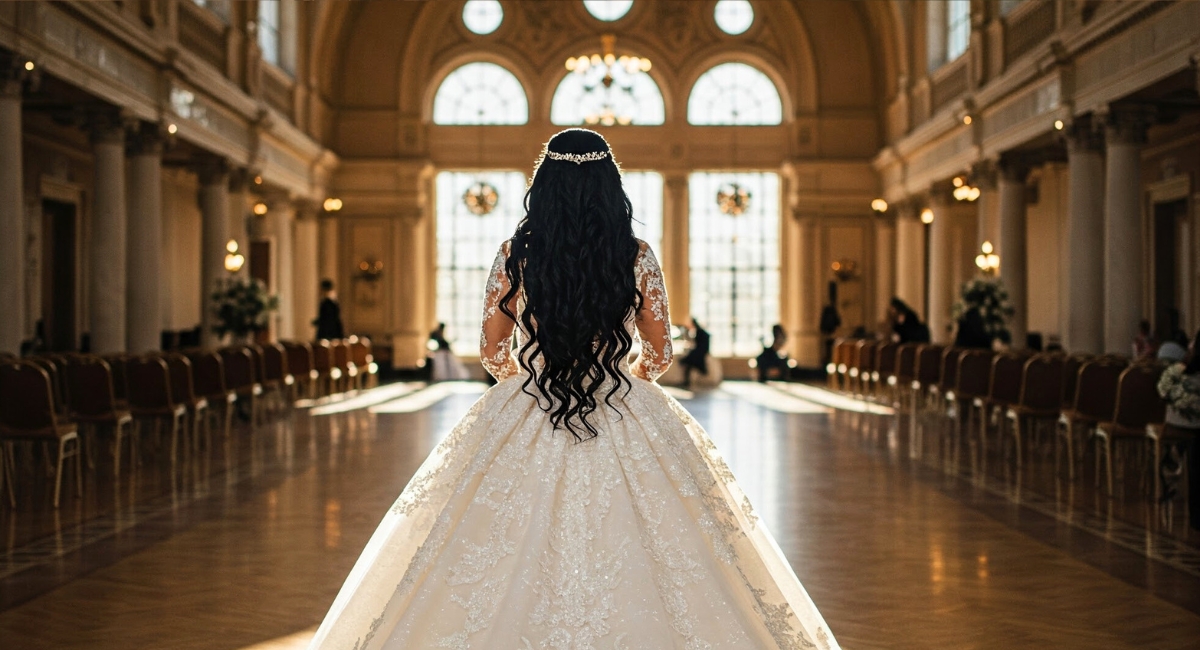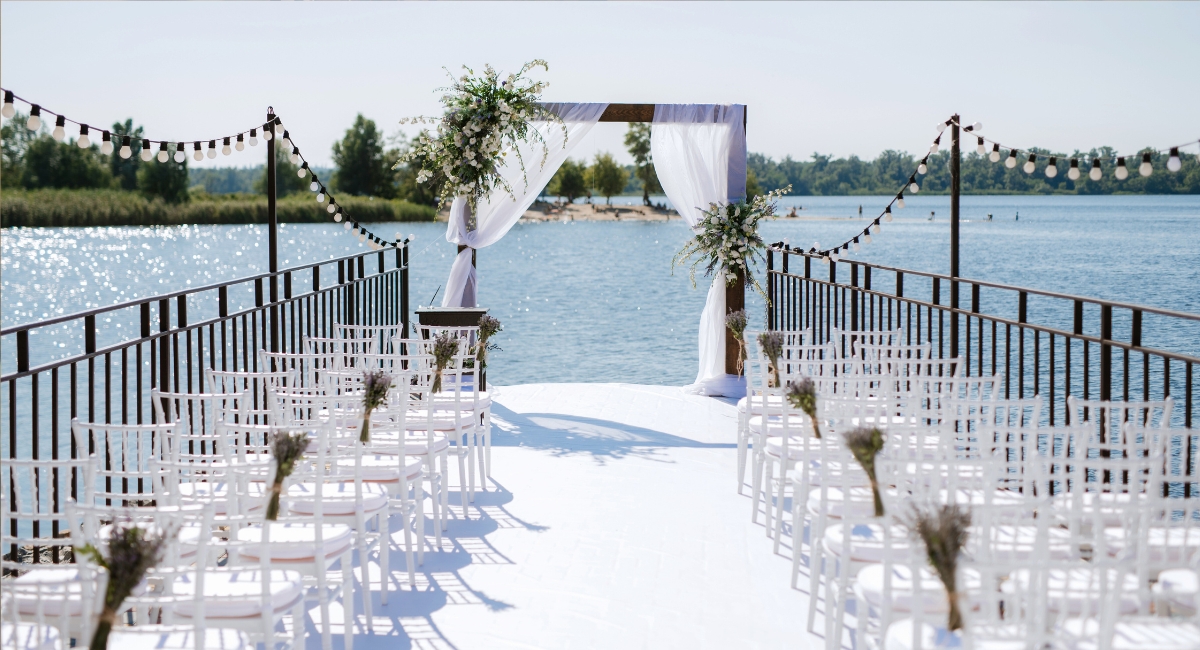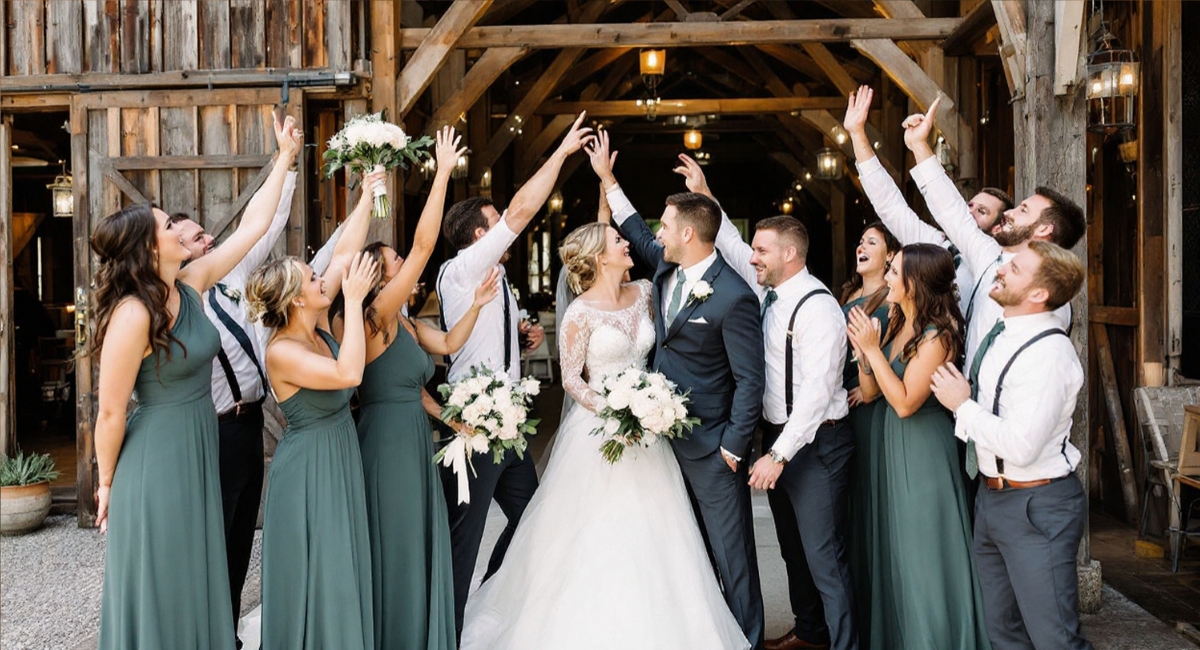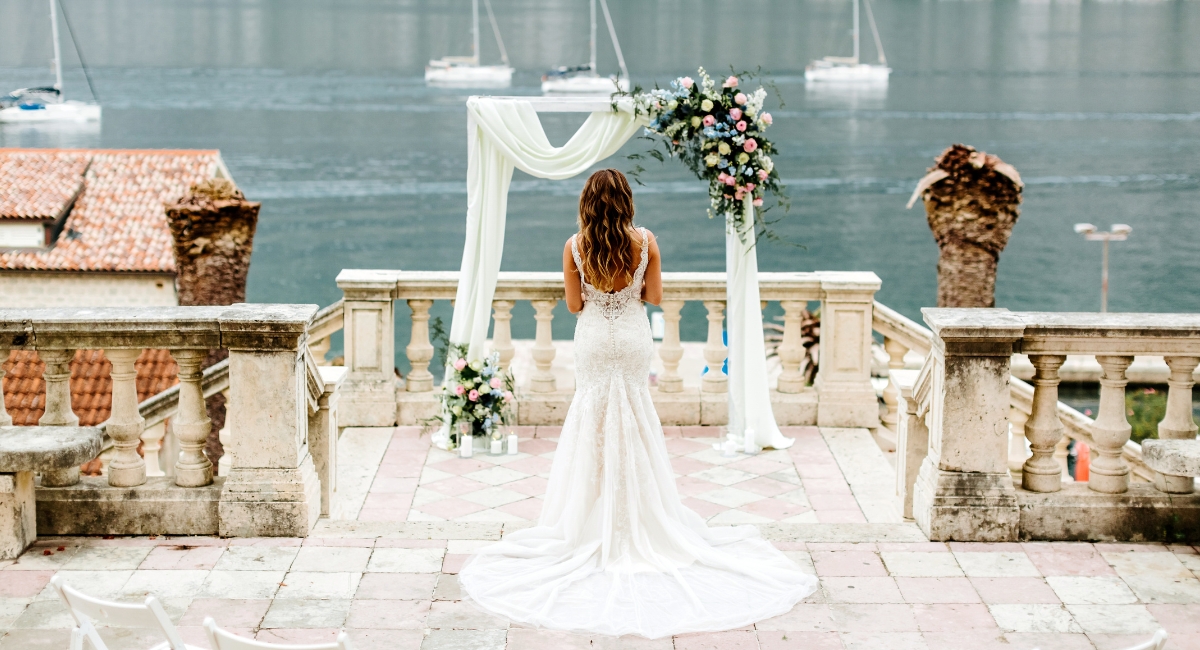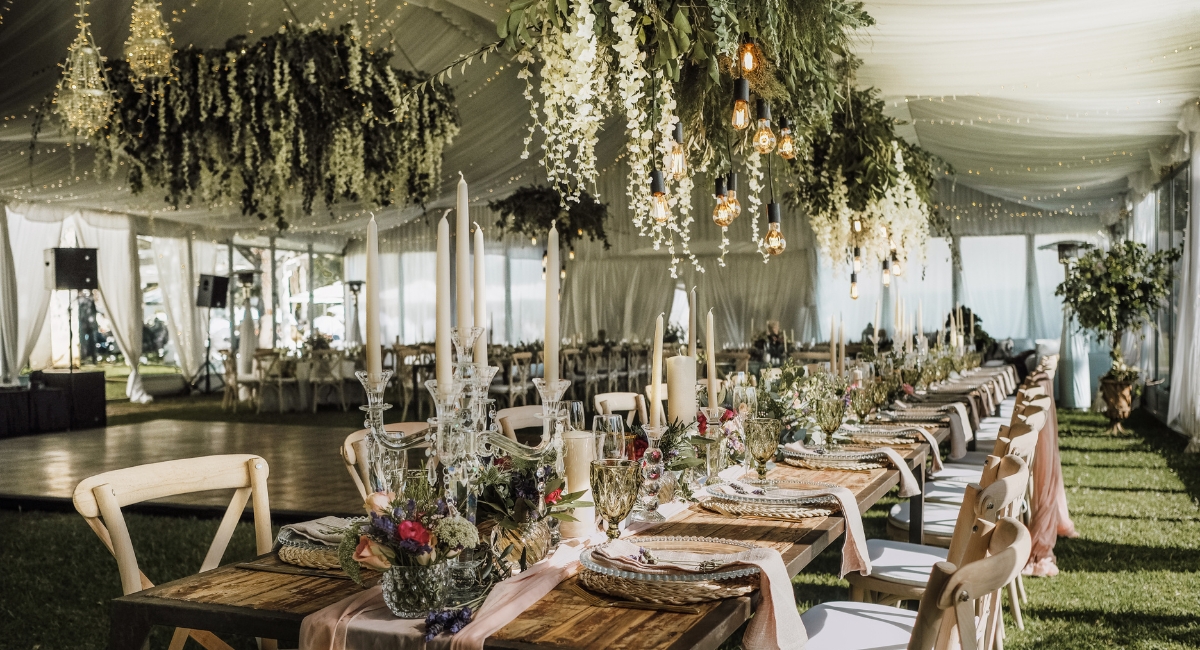When considering what colors not to wear to a wedding, it’s essential to remember that your outfit should complement, not compete with, the couple’s big day. Weddings are a celebration of love, tradition, and style, and the colors you choose can send a powerful message. Certain hues may unintentionally steal the spotlight, clash with cultural customs, or overshadow the bride and groom.
By understanding the significance of color choices in wedding settings, you can ensure your attire respects the event’s tone and traditions. Let’s explore the dos and don’ts of wedding guest attire to help you look stylish and appropriate.
The Cardinal Rule: Avoiding White and Its Variants
When it comes to wedding guest attire, one rule stands above all others: avoid wearing white. This timeless tradition stems from the fact that white is typically reserved for the bride, symbolizing her special role on this momentous day. Wearing white—or shades too similar—can unintentionally divert attention away from her and cause unnecessary confusion.
Why White Is Off-Limits
White has long been associated with bridal elegance and purity, making it the exclusive domain of the bride in many cultures. Wearing white as a guest can be seen as disrespectful, as it detracts from the bride’s standout moment and her carefully chosen attire.
Shades to Avoid
In addition to bright white, steer clear of other light hues that closely mimic it, including:
- Ivory: A softer, off-white shade that’s frequently chosen for bridal gowns.
- Cream and Champagne: These light, neutral tones can appear bridal in photographs and are often mistaken for white.
- Blush or Pale Pastels: While not technically white, some pale tones can photograph similarly and create unintended confusion.
To ensure your outfit respects the bride’s spotlight, opt for bold, vibrant, or muted colors that don’t compete with her signature shade. This thoughtful choice will keep the focus where it belongs—on the couple’s celebration.
Understanding Cultural and Religious Color Significance
Weddings across cultures and religions are steeped in traditions, many of which dictate the colors worn by guests. Choosing the wrong color can inadvertently clash with these customs, making it essential to understand their significance.
Red
- Chinese Weddings: Red is the traditional color for the bride, symbolizing prosperity, joy, and good fortune. Wearing red as a guest may draw focus away from the bride, making it inappropriate.
- Indian Weddings: Red is often the central bridal color, representing purity, fertility, and commitment. Guests are encouraged to choose other festive hues like green or yellow to honor the tradition without overshadowing the bride.
Black
- Hindu Weddings: Black is considered inauspicious and is traditionally avoided, as it is associated with negativity and misfortune.
- Chinese Weddings: Black symbolizes mourning and is seen as unsuitable for joyous occasions like weddings. Guests should opt for brighter, celebratory colors that reflect happiness.
White
- Hindu and Chinese Weddings: Unlike Western traditions where white symbolizes purity, in these cultures white is linked to funerals and mourning. Wearing white to a wedding could be perceived as disrespectful.
By being mindful of these cultural and religious nuances, you can show respect for the couple’s traditions and ensure your attire enhances, rather than detracts from, their special day.
Bright Colors and Sparkles: Striking the Right Balance
While weddings are joyous celebrations, overly bright colors or excessive sparkle can unintentionally overshadow the couple. Thoughtful attire choices ensure you look elegant without pulling focus from the bride and groom.
Neon hues like fluorescent yellow or neon pink and heavily sequined or metallic outfits tend to dominate the visual landscape, especially in photos. Bright colors can clash with the wedding’s softer aesthetic, while shimmering ensembles reflect light, drawing attention to the wearer instead of the couple. These elements can disrupt the harmonious atmosphere the couple worked hard to create.
Matching the Bridal Party: A Color Coordination Faux Pas
Wearing the same color as the bridal party can create confusion and make you look like an unintentional part of the wedding lineup. While blending with the wedding theme is thoughtful, matching the bridesmaids or groomsmen’s attire is best avoided.
The bridesmaids and groomsmen are carefully chosen to complement the couple’s vision and often wear coordinated outfits to distinguish their roles. Wearing the same color can dilute this distinction and create awkward moments, especially in group photos where you might accidentally appear as part of the wedding party.
By ensuring your outfit complements the theme without replicating the bridal party’s look, you can strike the perfect balance between stylish and respectful.
Exceptions to the Rules
While traditional guidelines about wedding guest attire are essential to follow, there are occasions when these rules don’t apply. Understanding the context of the wedding and the couple’s preferences can help you navigate these exceptions gracefully.
Themed Weddings with Specific Dress Codes
Some weddings are built around unique themes that encourage guests to break conventional norms:
- Color-Themed Weddings: The couple may ask all guests to wear a specific color, even if it’s traditionally avoided, such as white or black.
- Era or Style Themes: Vintage or costume-themed weddings may include non-traditional colors or styles that align with the theme, like bold neons for a retro ’80s vibe.
- Seasonal Themes: Couples hosting seasonal weddings might request shades tied to the season, like deep reds for a winter wonderland or vibrant yellows for a summer sunflower theme.
Explicit Instructions from the Couple
When couples openly communicate their preferences, it’s best to honor their wishes.
- All-White Attire: Some modern couples opt for all-white dress codes for guests, flipping the traditional rule.
- Requested Palettes: The couple may include color palettes in the invitation or wedding website to guide your choice.
In such cases, flexibility is key. Always respect the couple’s vision, ensuring your attire aligns with their desired atmosphere and theme.
Dressing Thoughtfully for a Memorable Celebration
Choosing the right outfit for a wedding goes beyond personal style—it’s about honoring the couple’s big day with thoughtful choices. Avoiding certain colors, understanding cultural significance, and considering seasonal or venue-specific nuances ensure you look polished and appropriate without drawing attention away from the newlyweds.
For couples seeking a venue that complements their unique wedding vision, Lumen Hall offers a stunning and versatile space. Whether it’s a traditional celebration or a themed extravaganza, Lumen Hall provides the perfect backdrop for unforgettable memories. Celebrate love in style, with every detail thoughtfully planned and beautifully executed.


